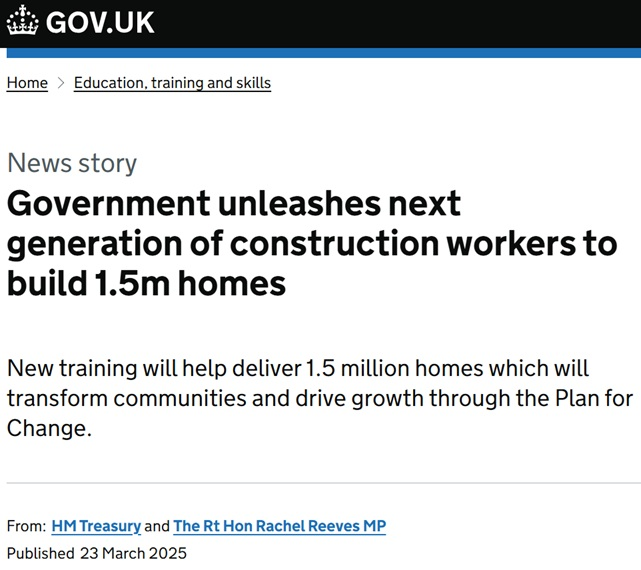UK construction employed 2.16 million people in 2021 Q1, which is 14,817 (0.7%) higher than in Q4 but it is still 154,429 (6.7%) lower than in 2019 Q4, pre-Covid-19 & 270,782 (11.2%) lower than the recent peak in 2019 Q1...
#ukconstruction #construction
ons.gov.uk/employmentandl…
#ukconstruction #construction
ons.gov.uk/employmentandl…

... & interestingly, male construction employment continued to fall in 2021 Q1 (by 10,717 vs Q4 & 180,237 vs 2019 Q4, pre-Covid-19) & this was offset by a rise in female employment in 2021 Q1 of 25,534 (9.0%) vs Q4 & 25,808 (9.1%) vs 2019 Q4...
#ukconstruction #gender
#ukconstruction #gender

... which, on the plus side means that UK construction employment in 2021 Q1 had its highest proportion of females on record (albeit still a low proportion compared with the population). However...
#ukconstruction #construction #gender
#ukconstruction #construction #gender

... the decline in male construction employment despite a recovery in construction output is due to a lack of new entrants replacing those that have retired & a lack of skilled construction workers coming over from the EU replacing those that have left...
#ukconstruction #gender
#ukconstruction #gender

... & given that construction output is already higher than pre-Covid-19, skills shortages will constrain construction output growth in some key hotspots over the next 12-18 months...
#ukconstruction #construction
#ukconstruction #construction

... although it is worth noting that UK construction still had 196,500 workers on partial or full furlough at the end of March 2021 so there remains scope for construction output in some areas to rise near-term.
#ukconstruction #construction
#ukconstruction #construction

@threadreaderapp unroll
• • •
Missing some Tweet in this thread? You can try to
force a refresh






















